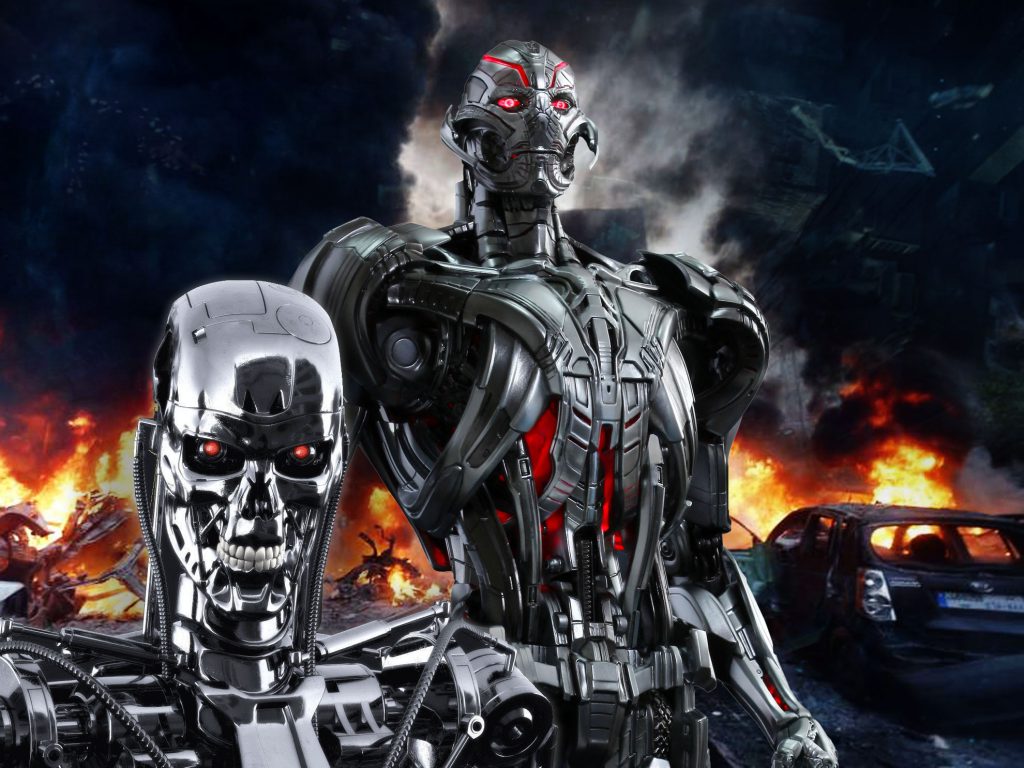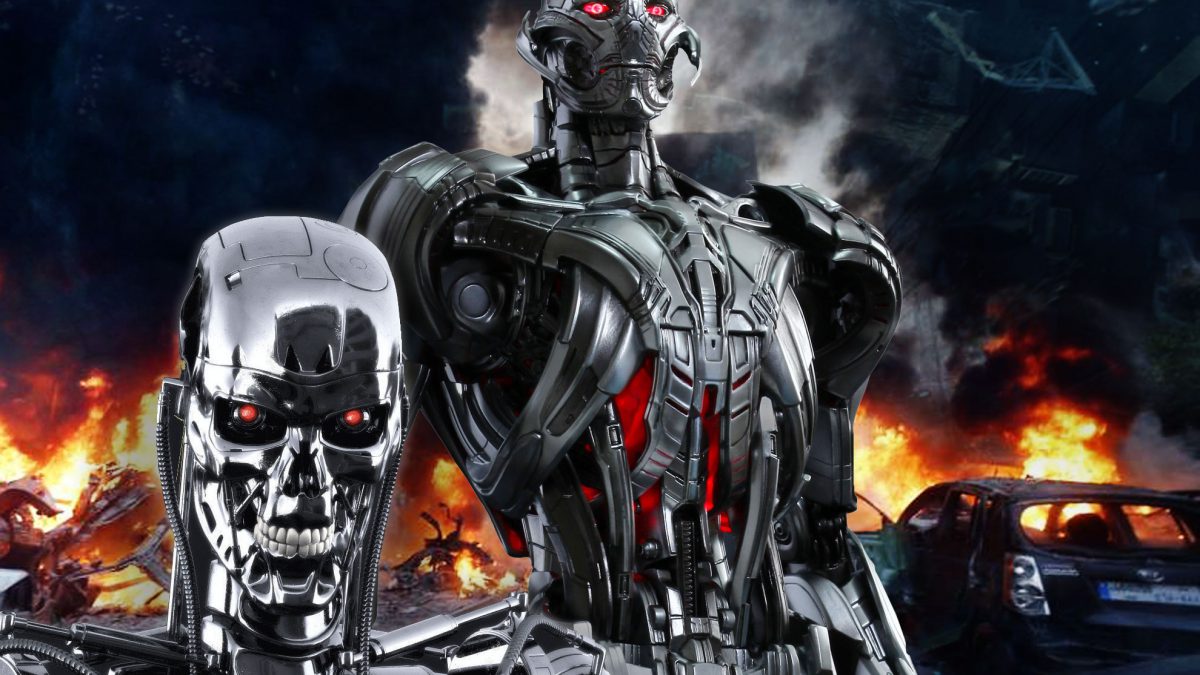
Novare Wins Globe Telecom’s AIM Agile Partner of the Year Award
March 6, 2019
Novare joins the 2nd Annual Globe ISG & Partners Bowling Tournament
October 21, 2019William Emmanuel Yu, Ph.D.
Hollywood has made great strides in shaping our perceptions of artificial intelligence (AI) technology. We have seen all kinds of fictional AI from the innocent “I just want to be a real boy” type such Steven Spielberg’s AI, the creepy “Clone of oneself” type such as that in Black Mirror, and to the villainous “End all humanity” type such as that in WarGames, I Robot, Ironman: Age of Ultron, The Matrix, The Terminator, and many more. For every one good AI character, there are dozens of evil AI characters.

AIs do not have souls – this is the common plot justification for AIs being portrayed in movies, more often than not, as villains. AIs do not have morals. AIs do not have ethics. As AI becomes more and more lifelike outside of the cinema, we are left to wonder: in the real world, can AIs possess morals or ethics? If good requires morals and ethics. Does the cold, hard nature of machines make its choices evil by default? Or can AIs actually discern the concept of good and evil, and choose good?
There are many stories about AI gone wrong in our present world: police profiling that reinforce racial stereo types, acceptance algorithms that deny access despite rightful requesters, unfair rating system algorithms optimized for commercial gain, and many other systems that reinforce inequality. It is easy to find examples of AI doing bad things. Are these baby Skynets in the making? In these cases, AI, as implemented, seem to have strong preferences and choices. They are biased AI.
But can AI really be biased? We need to take a step back and look at how artificial intelligence works. Common AI algorithms used generally have two types: supervised and unsupervised learning. Supervised learning involves having data, based on scenarios or historical events, with both dependent and independent variables. An AI model is trained using this data with both features (dependent variables) and expected results (independent variable). The model is trained by showing it the scenario and its corresponding result. Unsupervised learning involves data representing situations without independent variables. In this case, there is no need to know the results of each scenario to use for training. Patterns are simply discerned from the data. All the data is used for training.
AI models are trained using a set of data. An algorithm trainer can carefully select the events used to train the said AI models. This is called Feature Engineering. Feature Engineering is done for many reasons, including allowing algorithms to be used with limited or incomplete data, improving training times by using less or only relevant data, improving the goodness (accuracy, precision or recall) of a model, or simplifying the maintenance of a model. This is why Feature Engineering is common. However, Feature Engineering can be used to introduce bias, though most likely unintentionally. By carefully selecting the data that goes into training a model, a trainer can systematically introduce bias into the model. Biases are introduced by the people who use this technology. The technology itself does not have bias.
AI, like any other technology that has come before it, is amoral and has no ethics. It does not choose between good or evil. AI is a tool. Tools are used by people. People can misuse tools. Fortunately, there is a growing movement for the ethical use of AI that is hinged on algorithmic transparency. Informing people about the algorithm, training methodology, and Feature Engineering techniques used can go a long way in keeping people informed. Small steps are being made. Even our own Data Privacy Act (DPA) has a requirement for mandatory registration of data processing systems that perform automated decisionmaking – a Skynet Registration Clause, if you will. Only greater awareness can hopefully curb the misuse of AI technology. It is the people who use this technology who have biases, morals, and ethics. There are no good or bad AIs. There are good and bad people.

